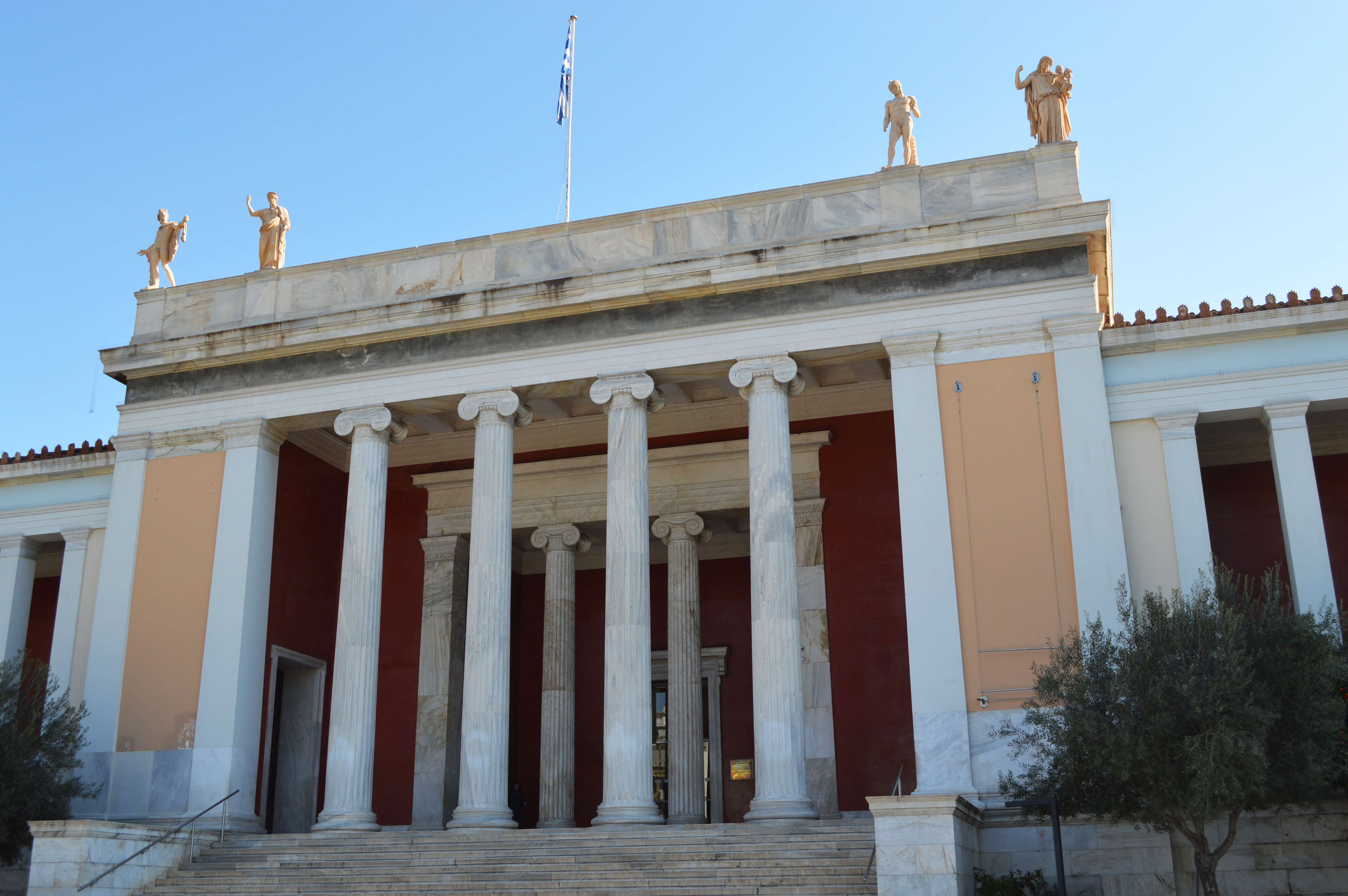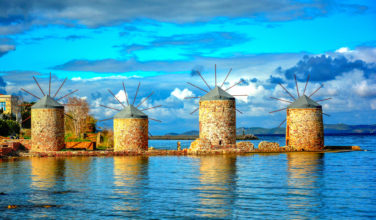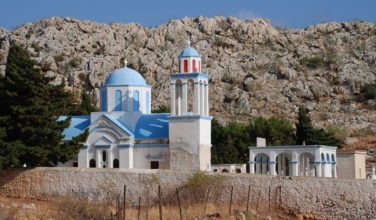Visit the National Archaeological Museum of Athens
Comments Off on Visit the National Archaeological Museum of Athens
 The National Archaeological Museum of Athens is one of the world’s largest and most impressive archaeological museums. This museum houses a vast collection which covers the scope of Greek art history from 7000 BC up to 300 AD.
The National Archaeological Museum of Athens is one of the world’s largest and most impressive archaeological museums. This museum houses a vast collection which covers the scope of Greek art history from 7000 BC up to 300 AD.
The museum is located in the center of Athens in the Exarcheia area. One side of the building faces Tsoitsas Street and Epris Street. The opposing side of the building is adjacent to the Athens Polytechnic University. Here are some things you will see while visiting this museum:
Mask of Agamemnon
This is one of those artifacts that plays a part in both Greek ancient history as well as Greek mythology since it has to do with the Trojan War. Although many people think that the events of the war were only a myth, there is evidence to suggest that it really took place. Heinrich Schliemann, the archaeologist who found Troy, also uncovered the mask. The current theory is that the golden mask actually belonged to a Mycenaean king who lived 300 years before the reign of Agamemnon. Look for it in the Mycenaean collection.
Zeus Statuette
This statuette was found in Elefsina and was likely created between 440 and 430 BC. It shows Dimitra offering wheat to the young king of Elefsina. To the side of Dmitra is Persephone giving her blessings.
Statue of Poseidon of Artemision
The title of the statue Poseidon of Artemision, but there is debate whether the statute actually depicts Zeus or Poseidon. Regardless of the subject it is unarguably a masterpiece. Standing an impressive two meters tall, it is one of the best surviving examples of a bronze statue in the world.
Fisherman Fresco
The fisherman fresco is one of the best preserved frescoes in the National Archaeological Museum. The fresco depicts two fishermen who hold in their hands bulges of fish.
Child of Marathonas
The subject of this sculpture is a young boy. It takes its name from the gulf of Marathonas where the statue was discovered. The work is generally ascribed to Praxiteles. It is widely considered a masterpiece of sculpture.
Myrriini Lecythus
Myrrini Lecythus, also known as the oil flask, as found in room sixteen. Made from white marble it was found in 1873. It has intricate depiction of Hermes holding the hand of the lady Myrrini. The inscription states that Hermes is taking Myrinni to Pluto. Watching the scene are three men thought to be Myrinni’s relatives.
While visiting this museum, you certainly won’t want to miss the chance to view all the important artifacts. However, you won’t need to leave if you also need to take refreshment! There is a coffee shop inside where you’ll be able to grab something to eat and drink. You’ll also want to spend some time in the atrium that is located where the coffee shop is, which has a nice garden filled with statues and other beautiful objects. Not surprisingly, you can easily spend a whole day here looking at all the gorgeous artifacts and works of art!
Source:
Wikipedia – National Archaeological Museum of Athens
Categorized in: About Athens, Greece, Greek Travel Guide
This post was written by Greek Boston
Share this Greek Travel Article:





